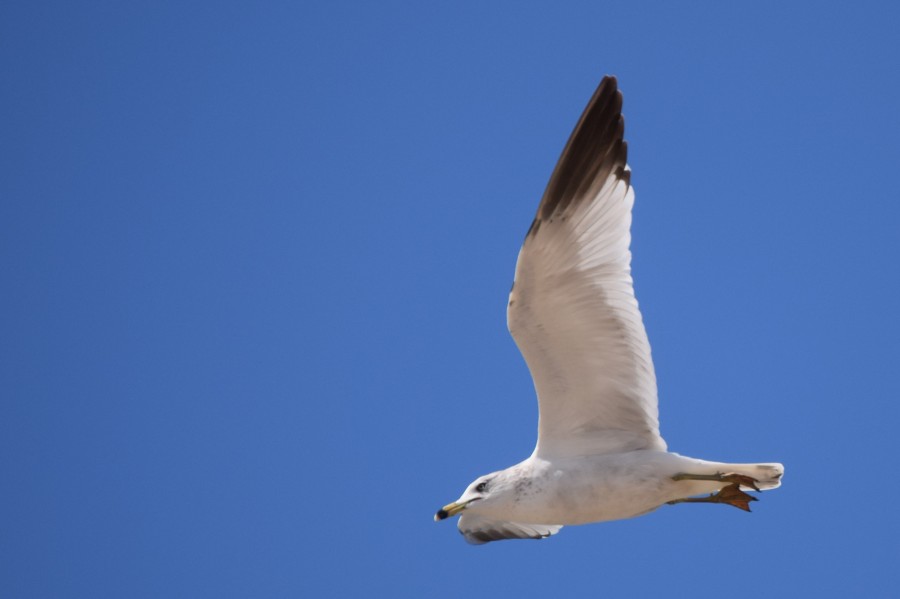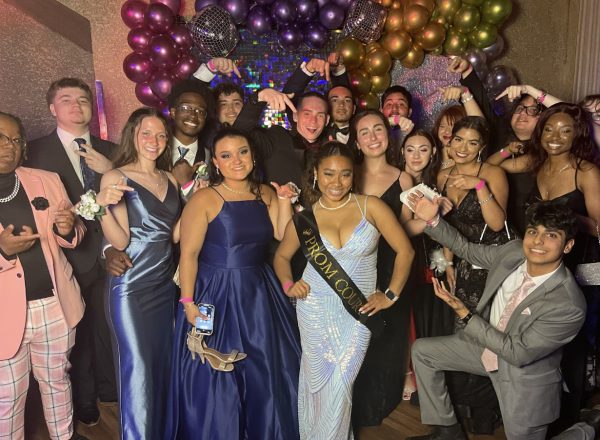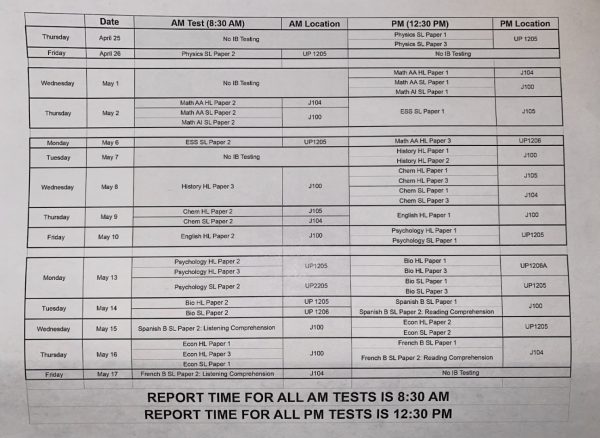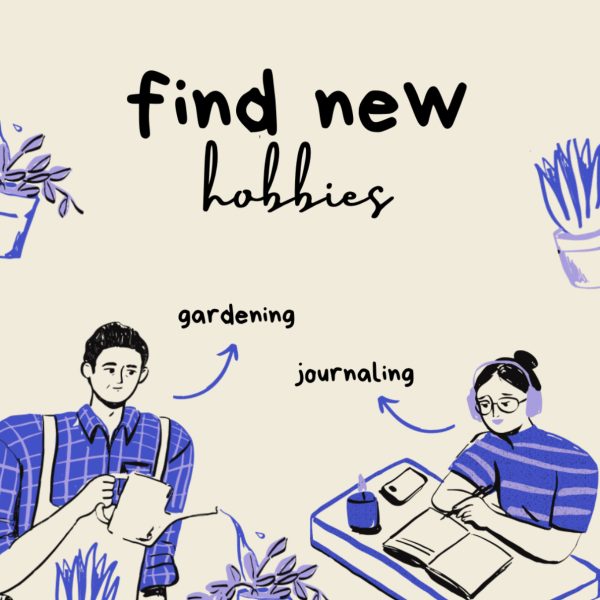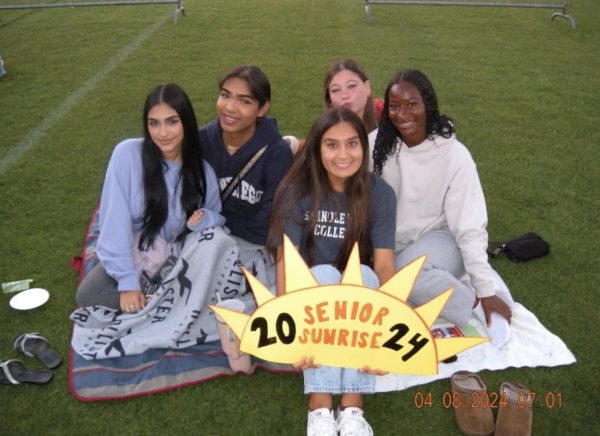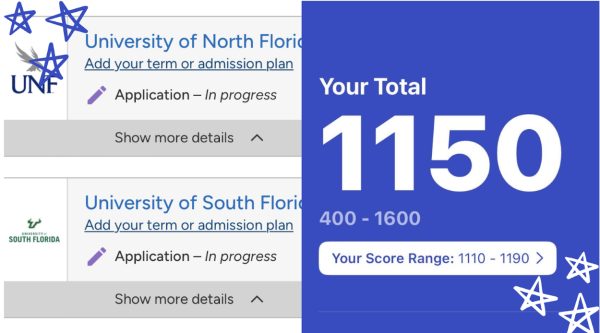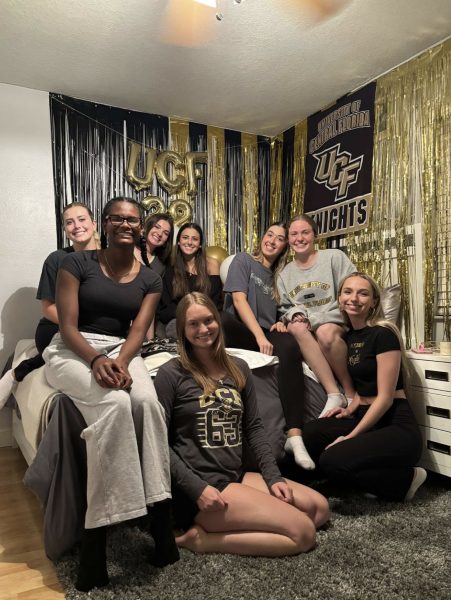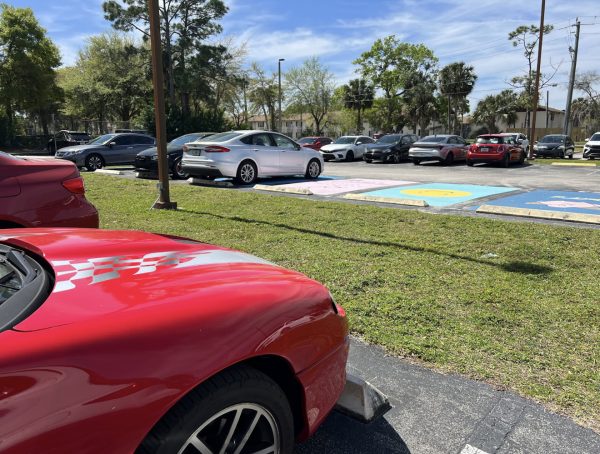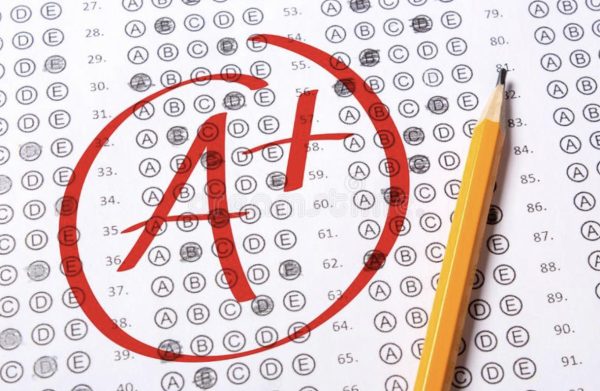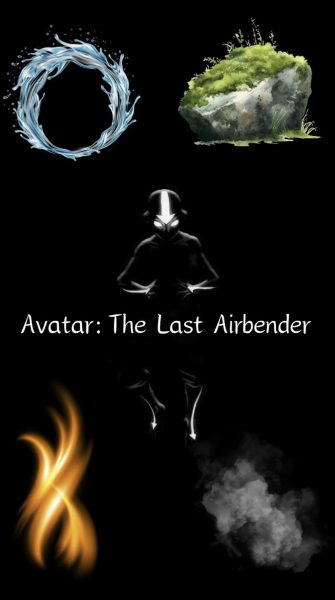THE BIRDS AND THE BEES: ANIMALS GAIN PRESENCE ON CAMPUS
Seagulls, among other birds, hold a growing presence on Seminole’s campus.
March 2, 2016
Students enjoy lunch at the outdoor tables as a swarm of shadows sweeps across the pavement, stretching over the media center walls: the seagulls have returned. While a few migrant birds aren’t out of the ordinary during March in Florida, their presence has grown, leading students feeling concerned of the consequences flying overhead.
The main attraction for wildlife is the trash, describes Assistant Principal Michael Hennessy. Discarded chip bags, milk cartons and fries are all eye-catchers for a bird that’s looking for a quick bite to eat. Sticky substances left on the linings of trash cans and tables can also attract bees and wasps, an issue that administration hopes has been combated by stricter cleaning routines.
In charge of managing the outdoor lunch area is just two ground custodians. They meet up once the students leave, scouring table tops and trash cans. Properly discarding of waste is encouraged to face the issue of encroaching wildlife, an action that students can be seen to neglect.
Hennessy states, “I think that it’s important that everyone picks up after themselves when eating. It’s not just a student issue. It’s a Seminole High School community issue. If we make more of a concerned effort of picking up after ourselves and throwing [trash] in the appropriate place, that will help limit the issue of birds.”
Along with not properly discarding trash, some students can be seen alluring the birds with their leftovers.
On the topic of students feeding the birds, senior Joel Sommerfeld states, “It makes some [birds] think that if they come here they’re going to get food, so they’re just going to keep coming in more numbers, which increases the irritation that people are going to have with it.”
Over the years, school administration has attempted to divert the birds by lining clear string over the outdoor lunch area. The effort helped in the short term, but the birds have outsmarted the design and learned to dive at an angle beneath it.
It’s become a common sight to see crows and seagulls scouting the pavement for scraps, sometimes straying just feet from where students sit. Several teens are discomforted by the presence of wasps and other insects as well, due to the fear of being stung. Senior Jared Reddecliff, however, states that insects and birds are simply a natural occurrence, and don’t yet call for high concern.
“[The animals are] a part of nature. And some people just don’t realize that,” says Reddecliff. “They won’t hurt you. People just overreact.”
Encroaching wildlife is not an issue unique to Seminole; larger schools such as the University of Florida have had to set policies as well, acknowledging issues of feral cats, raccoons and alligators. While SHS doesn’t have to face any gators, they will continue to practice measures of control to combat the growing number of winged visitors.
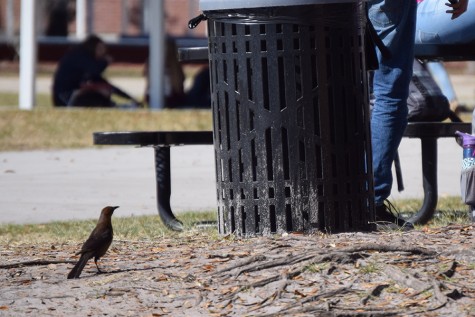
Birds often wander close to students, looking for a bite to eat.

























